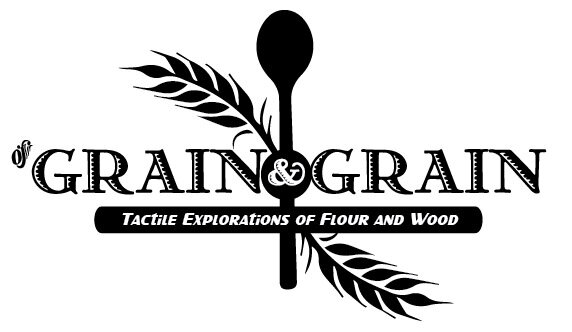Rule #3: Size Matters
As senior mobility decreases and daily activities become limited, it is not surprising that appetites wane as the body has a reduced demand for calories. Throw in the facts that appetites are often suppressed due to side effects of prescription drugs , anxiety around dysphagia (difficulty swallowing), weakening teeth and changing taste-buds, and it is no wonder that eating is no longer a thrill like days past. However, it is still important that seniors consume enough calories to sustain their days, and more importantly, get the essential nutrients that allow their bodies' to thrive regardless of age.
Portion control plays an important role when you are assembling the senior plate. Even though quantity has decreased, the nutrient density and diversity is as important as ever. Protein, carbohydrates and fat all need to find there way on to the plate and ideally in each bite. Sure, an older person might feel full after some mashed potatoes and therefore as a caregiver, it is easy to think you have done your job but if you are not providing meals that are a well-rounded composite of macronutrients then your are not enabling their body to preform at its optimal level of health. Shoot for quality while aiming for comprehensive meals and forgo some of those concerns around how much they are eating. It's not the volume of food that is going to contribute to their well-being, but rather, the nutrient load they will receive with each bite.
In case you are curious about what foods have the highest nutrient density you can check the the Aggregate Nutrient Density Index here which is a bit like like a report card for evaluating the micronutrients in fruits, vegetables, nuts, seeds, legumes, etc. It's not a complete list but it's a start and a great place for developing the foundation of how to build the senior plate.




